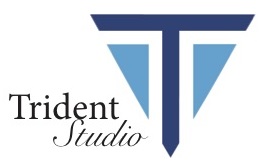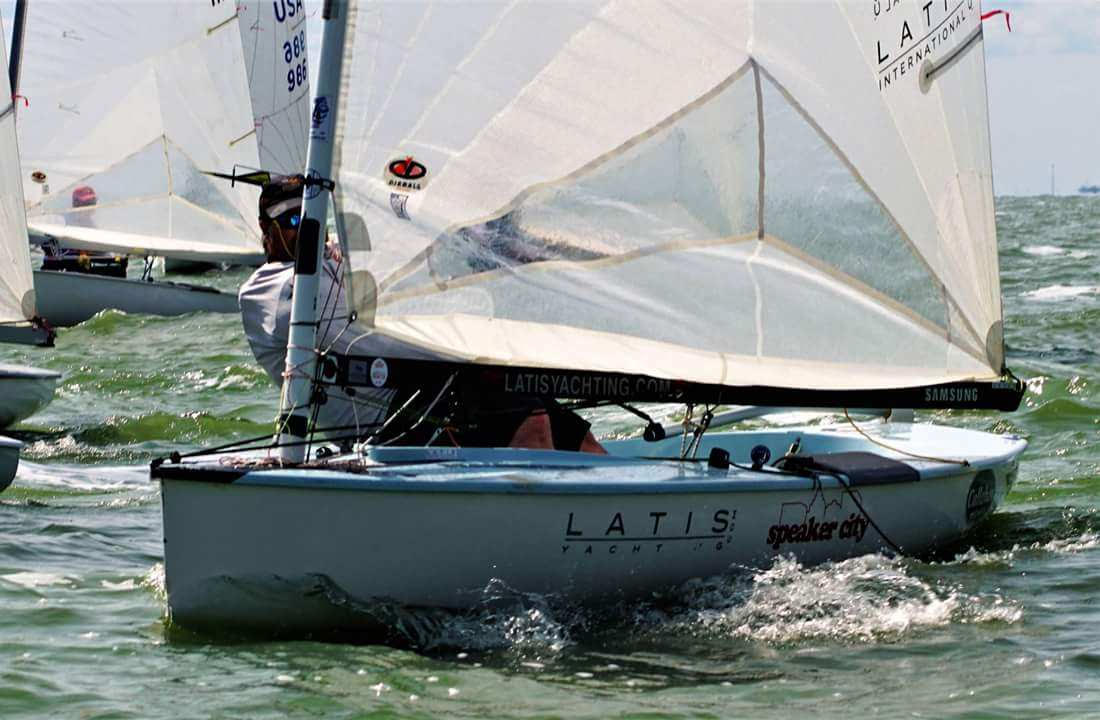We purchased the Studio from Andrew Burton, a sailor and model maker all his life. He has lived and breathed boats since the day his father got him hooked on sailing at age five. His trained eye makes sure your model looks right when you open the box. When he’s not making models in the summertime, he can be found in sailing his Baltic sloop “Masquerade.”
John Woodruff supports clients in the sailing industry from race preparation and boat optimization to deliveries.
John Woodruff founded Latis Yachting Solutions in 2003. Within 3 years had grown to one of the largest yachting logistics companies in North America and by 2007, worldwide. John’s success in growing the company is based on solid work product, honesty, reasonable pricing, and following through and following up on projects. John has developed relationships with the world’s largest producers of high performance yachts and the individual owners of grand prix and large class boats.
Our models start the traditional way; carved from 4 or 5 layers of solid wood called “lifts”. Each layer is cut to match the exact shape of the corresponding line on the original drawings. We then fair between the lifts and checking with the other lines on the lines plans arrive at the correct shape of the hull. Historically half models were used to determine the shape a vessel was to built to so we pay very careful attention to getting the shape exactly right.
The last 10% of the work takes 90% of the time.The plug is then prepared for molding with several coats of Awl Grip primer which is wet-sanded and polished to a high gloss. We then pour a rubber mold over our perfect plug. When the rubber has set we can make our first model. First we paint the inside of the mold with Awl Grip primer. Our models are made of a two-part urethane mixed with micro-balloons which is poured into the mold, filling it to and a little above the brim. After an hour or so the model is pulled form the mold and the back is sanded flat. The next day the model will be sanded and a coat of gloss white awl grip is applied. After a couple of days we mark and tape the boot stripes and bottom paint lines then start applying colors to the topsides.
Each stripe is then painted and finally the bottom paint is applied. We add a flattening agent to the Awl Grip so it looks like real anti-fouling paint. When finally freed from the finishing shop, the model is ready for any final logo applications, and to be mated with foils, plaques and the backboard. After a final quality control inspection, the hardest part of the process…packing her up and shipping her out. We usually want to keep’em.
In the years before Naval Architecture had evolved, boat and ship design was developed through model construction. A master builder would fashion a hull form to the requirements of the client. The model would then be cut vertically down the center, leaving two halves. One half would be cut along the horizontal planes, known as “waterlines”, at evenly spaced distances. The other half would then be cut vertically at evenly spaced distances, known as “stations”.
These pieces would be laid out and traced in outline on wood or parchment. The dimensions were then expanded to reflect the true size of the vessel, in what is known as the table offsets. This table was used to put the vessel lines down on the lofting floor, from which the construction forms for the centerline structure and framing systems were made. After the process was completed the “waterline” pieces of the model were reassembled and that half was mounted on a wooden backing plate, and often put in the master builder’s office to show off the boats that the yard had built.
The half models we create are made by reversing the process used originally. We work from the ships line drawings to recreate the model from which the lines would have been derived originally.Painted in the colors of the owner’s yacht the model is a reminder of the beauty of the real thing and a piece of art to hang on the wall.

